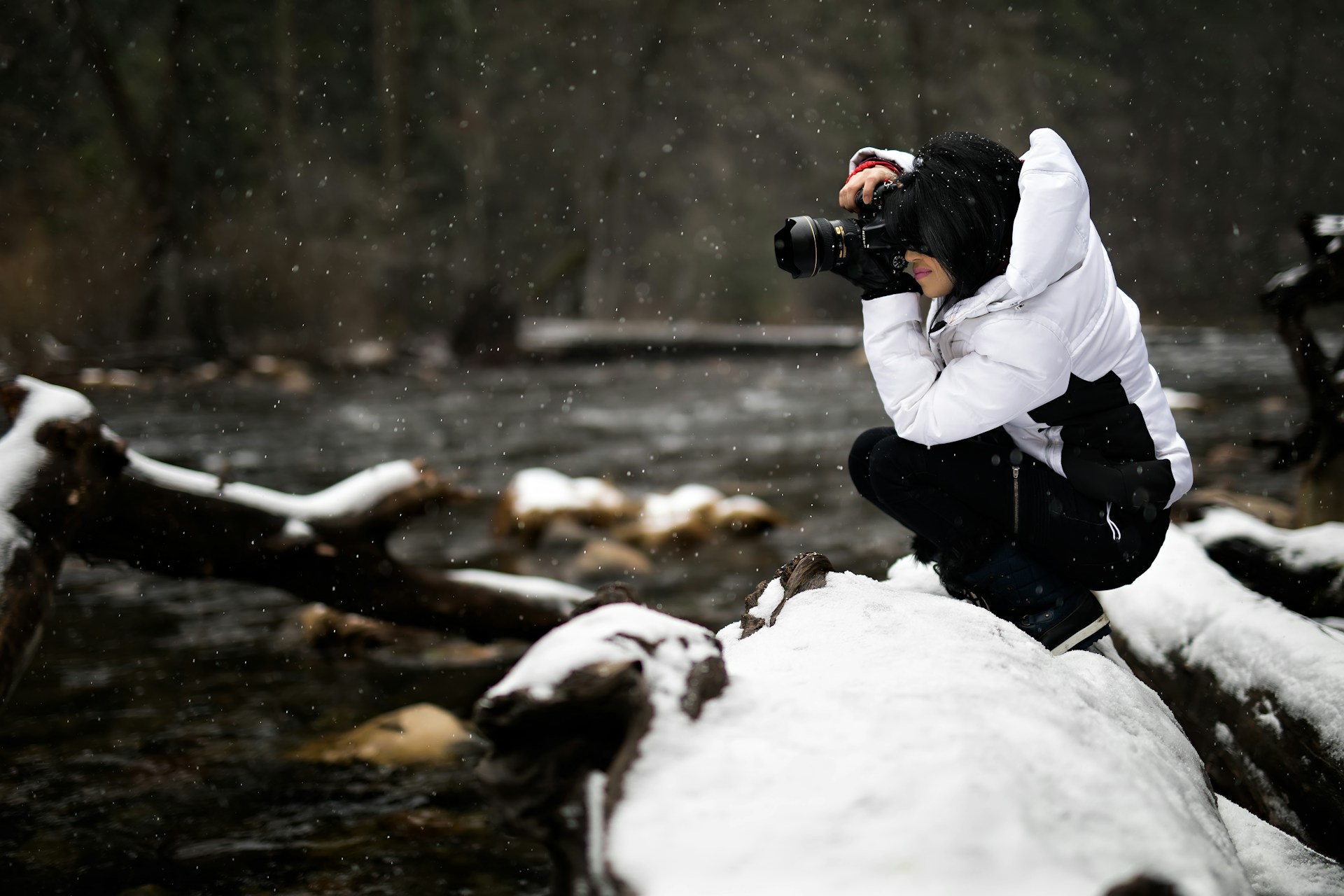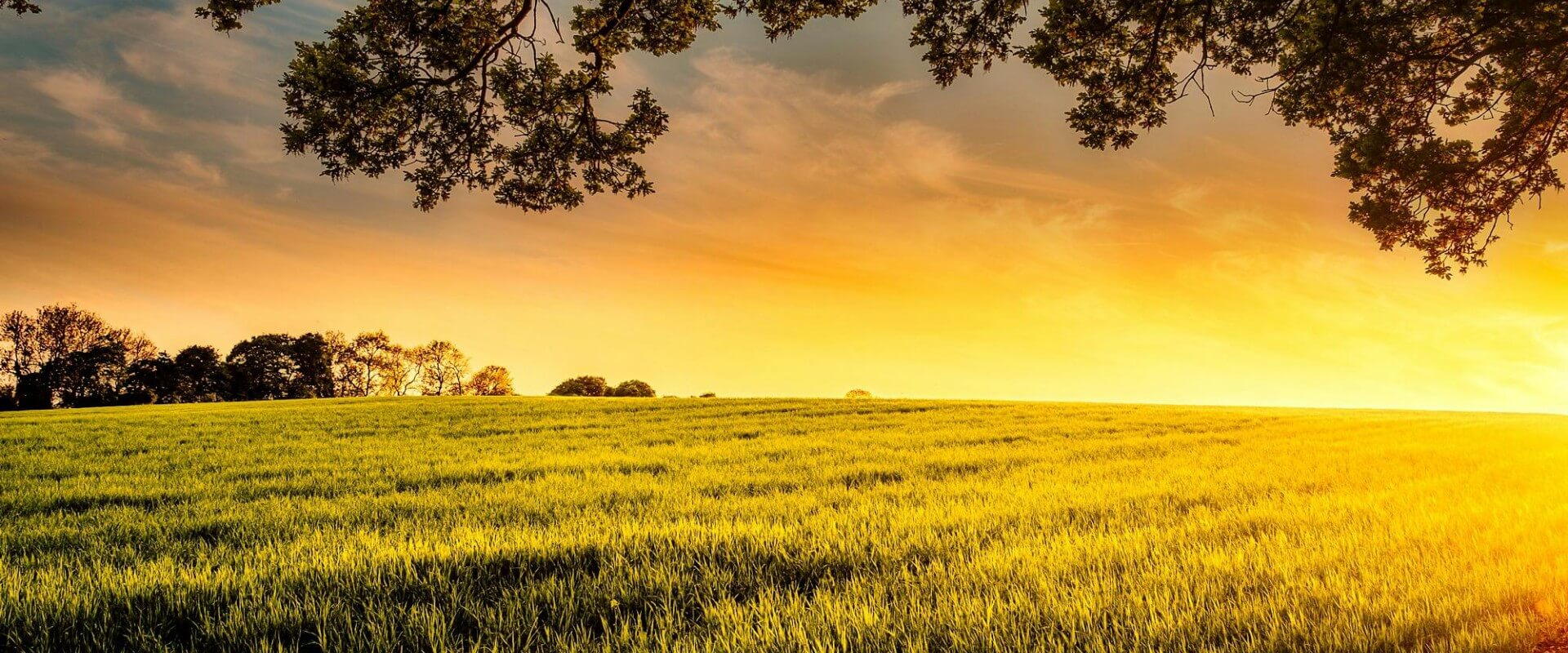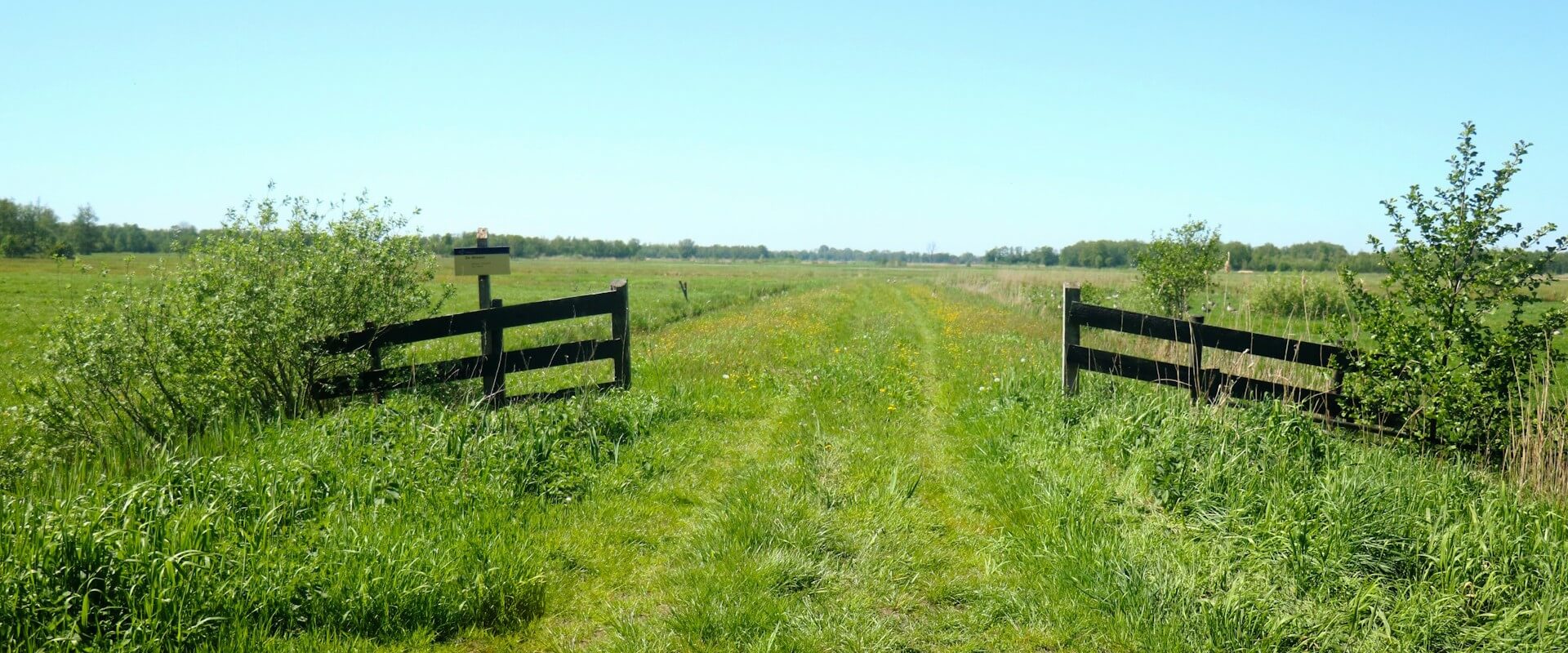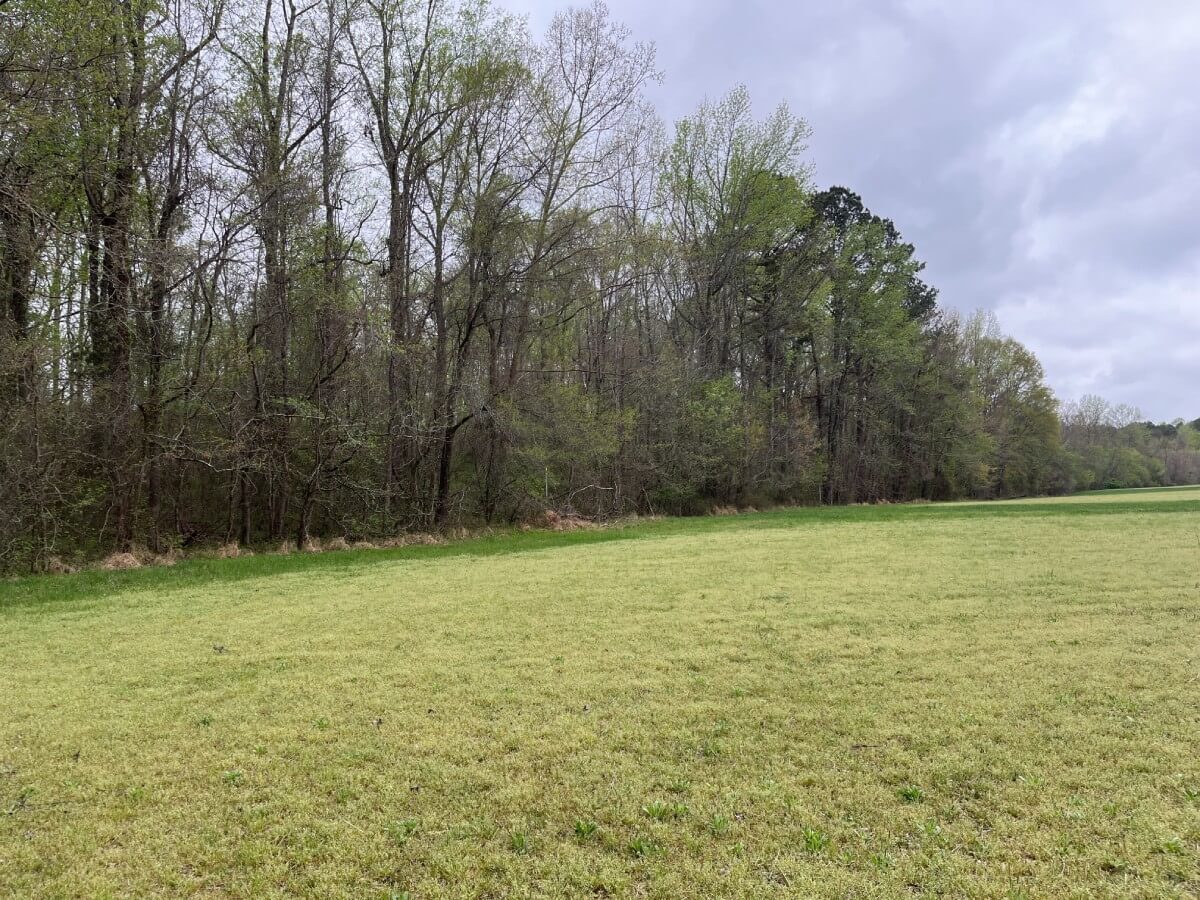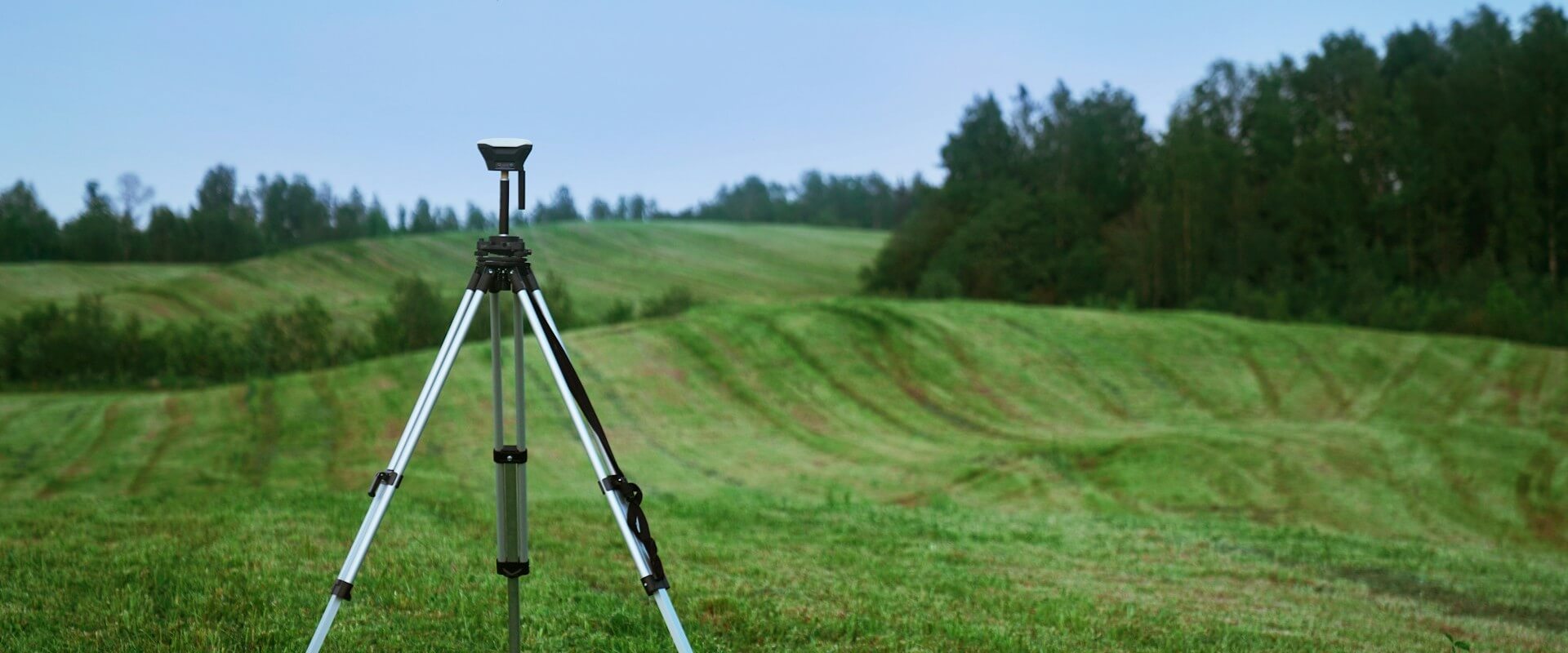Rivers, ever-changing and full of life, open a world of opportunities for new and experienced photographers alike. Each day brings a new scene, a different mood, and a story waiting to be told. In this short guide, we'll dive into practical tips for capturing the natural beauty of rivers without getting lost in complex techniques. Let's keep it simple and focus on what matters – making your river photography experience enjoyable and rewarding.
For many, the idea of capturing rivers evokes a sense of tranquility and adventure. Whether you're a seasoned photographer or just starting, the dynamic nature of rivers offers a canvas for exploration. In this guide, we'll break down the process into simple steps, ensuring that you can enjoy the beauty of river photography without unnecessary complications.
Understanding and Emphasizing the River’s Character
Every river has its unique character, and your first task is to identify and emphasize this in your photographs. Consider factors like the size of the river, its history, its pace (e.g. Is it slow and sedate or is it fast-moving?), and the emotions it evokes in you. Is it a tranquil woodland stream or a powerful, rushing river? Understanding these elements can help you decide how to approach your photography, from the choice of lens to the composition of your shots.
Mastering Camera Settings for Dynamic River Shots
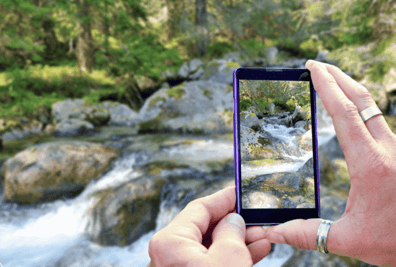 Shutter Speed: It plays a crucial role in capturing the essence of a river. A longer shutter speed creates a smooth, milky effect, conveying calm and tranquility. In contrast, a faster shutter speed can freeze the water, highlighting its power and strength. Adjusting your shutter speed based on the river’s flow can dramatically change the mood of your photographs.
Shutter Speed: It plays a crucial role in capturing the essence of a river. A longer shutter speed creates a smooth, milky effect, conveying calm and tranquility. In contrast, a faster shutter speed can freeze the water, highlighting its power and strength. Adjusting your shutter speed based on the river’s flow can dramatically change the mood of your photographs.
Aperture and ISO: Understanding the relationship between aperture, ISO, and depth of field is crucial. Use narrow apertures for deeper depth of field, capturing both the foreground and background in sharp focus. Balancing your ISO to maintain a good exposure without introducing noise is a more advanced step that takes time and patience to learn. Start now by testing the settings and your photographs will start improving overnight!
Polarizing and Neutral Density Filters: A polarizing filter can reduce glare and enhance colors, especially useful in bright daylight. Neutral density filters are invaluable for extending shutter speeds in bright conditions. They lower the light entering the lens essentially making the scene appear more dark, allowing you to create that silky water effect without overexposing the image.
Composition and Perspective
Positioning and Angle: The angle from which you shoot can significantly affect your image. Shooting across a river creates a more static composition, while photographing along a river, especially at bends, can draw the viewer's eye into the scene. Consider the height and distance from which you're shooting; an elevated viewpoint can reveal the river’s journey, while a lower, closer perspective offers an intimate feel.
Foreground Interest and Focal Points: Rivers naturally provide interesting foreground elements like rocks, reeds, or cascading water. Utilize these to create depth in your images. Also, consider incorporating elements like bridges or wildlife as focal points to add interest and context to your photographs.
Lighting and Weather Conditions: The time of day and weather significantly impact the quality of light and the mood of your river photographs. Early morning and late evening offer softer, more colorful light, ideal for tranquil scenes. Post-rainstorm conditions can create dramatic lighting and enhance the river's character. Overcast days are great for reducing contrast and highlighting details.
Conclusion
Photographing rivers is an enjoyable challenge, and photographers worldwide embrace it. Understanding each river's uniqueness, mastering your camera settings, and considering composition and lighting are the keys. The essence of great river photography lies in observation, experimentation, and adaptation. Embrace the challenge, and you'll discover endless opportunities for creative and engaging photography along these ever-changing waterways.
In the world of river photography, simplicity is your best friend. Observe, experiment, and adapt without overcomplicating things. Whether you're a beginner or seasoned photographer, rivers offer a canvas for everyone. So, grab your camera, explore the beauty of rivers, and enjoy the simplicity of capturing nature in its ever-changing glory.
We are a trusted partner for dam removal projects to restore our rivers to their natural state
Learn More

